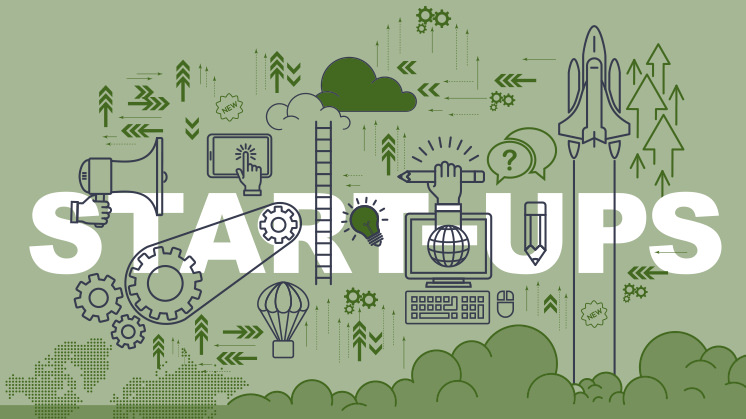Minimizing Startup Risks
Minimizing Startup Risks https://theraise.eu/wp-content/uploads/2023/04/pexels-skitterphoto-705171.jpg 1 1 RAISE fosters startup growth and scale-up within and across Europe RAISE fosters startup growth and scale-up within and across Europe https://theraise.eu/wp-content/uploads/2023/04/pexels-skitterphoto-705171.jpgStarting a business can be an exciting and rewarding experience, but it is not without its challenges. One of the biggest challenges for any startup is managing risk. Risk is inherent in any business venture, but startups are particularly vulnerable due to their limited resources and lack of experience. In this article, we will discuss some strategies for minimizing risks within a startup.
- Conduct thorough market research
One of the biggest risks facing startups is the potential for a lack of demand for their product or service. To minimize this risk, startups must conduct thorough market research to understand their target audience, competition, and industry trends. This research will provide valuable insights into the potential size of the market, customer preferences, and the viability of the business idea.
- Create a solid business plan
A solid business plan is a critical tool for any startup. It provides a roadmap for the business and helps to identify potential risks and challenges. A well-written business plan should include a detailed analysis of the market, competition, and financial projections. It should also outline the management structure and the roles and responsibilities of each team member.
- Build a strong team
Startups rely heavily on their team members to bring their vision to life. As such, it is crucial to build a strong team of individuals with the right skills and experience. A strong team will help to minimize risks by bringing a diverse range of perspectives and expertise to the table. Additionally, a well-rounded team can help to identify potential risks and develop strategies to mitigate them.
- Secure adequate funding
Funding is a critical component of any startup. Securing adequate funding can help to minimize risks by providing the necessary resources to execute the business plan. Without adequate funding, startups may struggle to bring their product or service to market, resulting in a loss of time and money. It is important to explore all funding options, including grants, loans, and venture capital, to secure the necessary resources.
- Develop contingency plans
Despite best efforts, risks will always exist in any business venture. To minimize the impact of potential risks, startups should develop contingency plans. These plans should outline potential risks and provide strategies to mitigate them. For example, if a key team member were to leave the company, a contingency plan might include identifying a replacement or reallocating responsibilities among existing team members.
Managing risks is a critical component of any startup. By conducting thorough market research, creating a solid business plan, building a strong team, securing adequate funding, and developing contingency plans, startups can minimize the impact of potential risks and increase their chances of success.
- Posted In:
- Startup News




